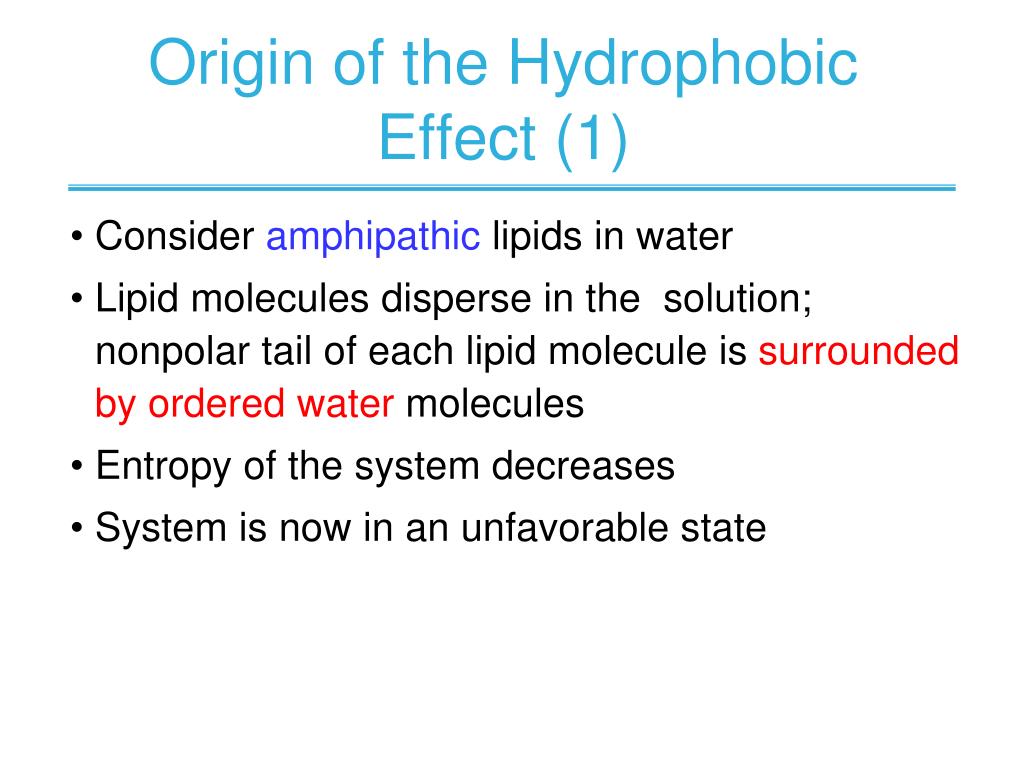

An examination of the standard free energies of transfer for the different classes of hydrocarbons from the gas phase to water and from the gas phase to hexadecane reinforces the conclusion that the number of hydrogen-carbon bonds in a molecule rather than its accessible surface area is the basis of the hydrophobic effect. When the same standard free energies of transfer are plotted as a function of the accessible surface areas of the hydrocarbons, the data do not fall upon the same line nor are the standard free energies of transfer directly proportional to the accessible surface areas. These standard free energies of transfer are also directly proportional to the number of hydrogen-carbon bonds the hydrocarbons contain.

When the standard free energies of transfer for hydrocarbons in these different classes are plotted as a function of the number of hydrogen-carbon bonds they contain, all of the data fall upon the same line. This conclusion follows from an examination of the standard free energies of transfer of alkanes, alkenes, alkadienes, and arenes from water to hexadecane. The property of a molecule that most reliably determines the magnitude of the hydrophobic effect that it will experience is the number of hydrogen-carbon bonds it contains not the accessible surface area of its nonpolar portions.


 0 kommentar(er)
0 kommentar(er)
